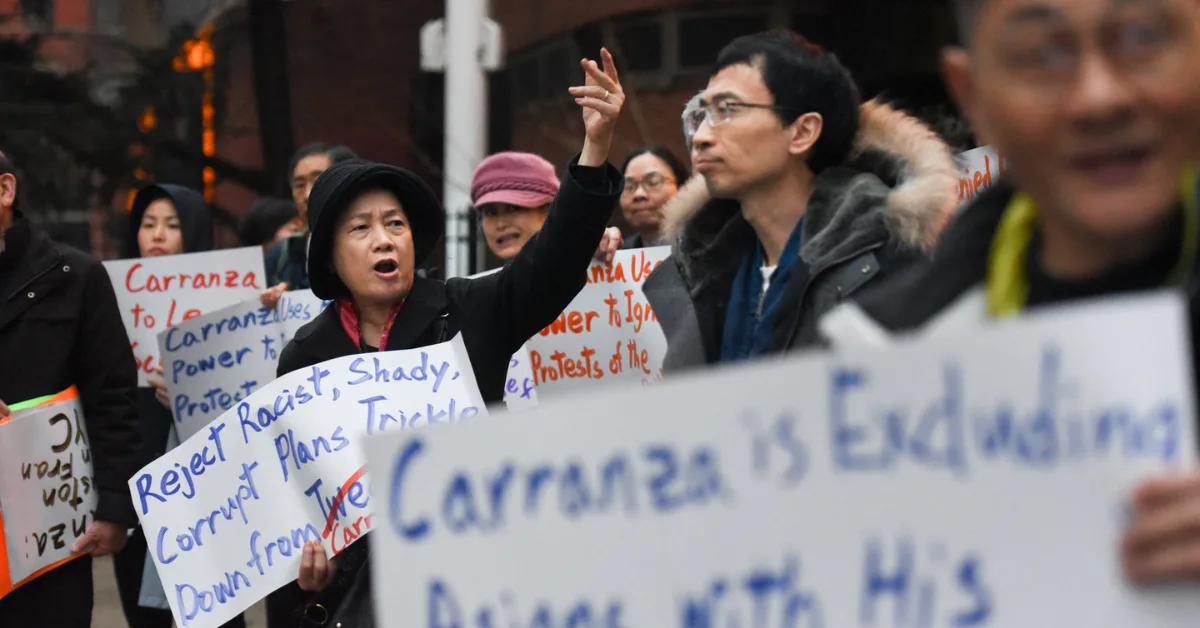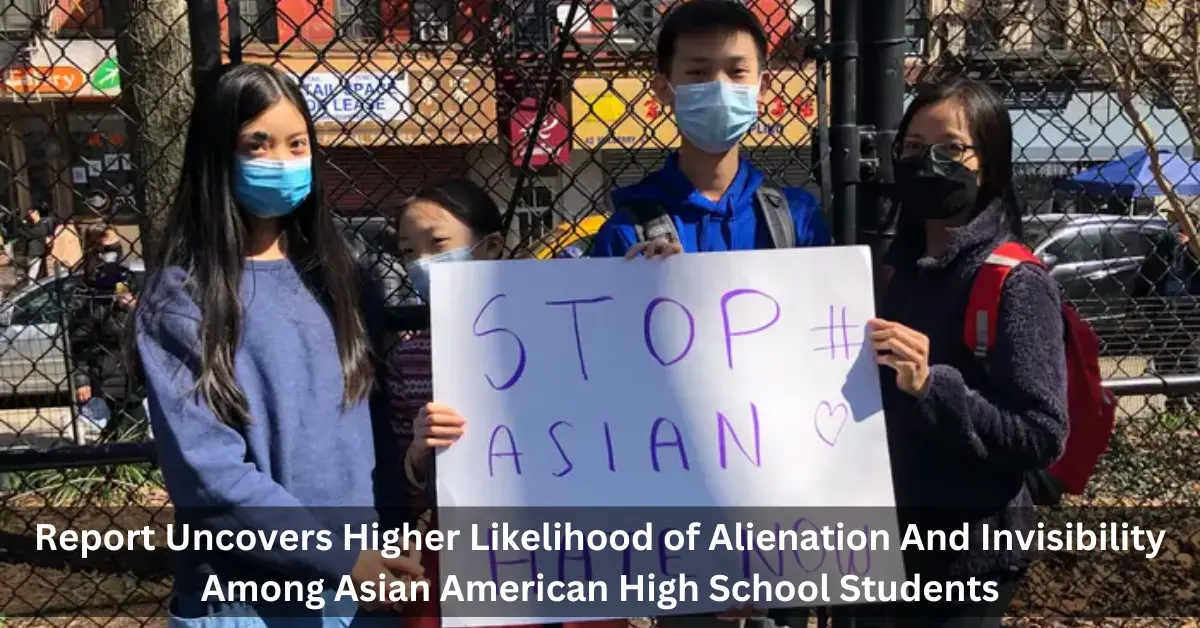Asian American high school students in Boston are more likely than other students to feel disregarded and ostracized, according to a recent study on their experiences.
Researchers evaluated survey findings from six Boston Public School (BPS) high schools with at least 10% Asian American students. They discovered that while most Asian American students did well in the classroom, many felt lonely and detached.
Go, Sasaki, a former BPS teacher, and Rosann Tung, a retired education researcher, headed the report “Truth from Youth: The Asian American Experience in BPS High Schools,” which was requested by the Massachusetts Asian American Educators Association.

Results from the school district’s annual assessment of student participation, connections with peers and teachers, safety, and academic stress were utilized by Sasaki and Tung to compare the experiences of various racial and ethnic groups.
“The dominant narrative in Boston Public Schools and many other places is that Asian students are doing fine. Based on our experiences and anecdotes, we know that is not the case,” Sasaki revealed.
At a public gathering on Saturday, when the researchers shared their findings, Asian American BPS students spoke about how they’ve felt cut off from their school.
It was challenging for many pupils to interact with other students because they felt alienated from their schools since they thought the curriculum did not reflect their cultural background. The absence of Asian American teachers in their schools was another issue they raised.
Check out more recent articles we posted:
- Court Rules Michigan School Shooter’s Parents To Face Manslaughter Trial
- Communities And Schools Express Their Sorrow Following The Fatal Mass Shooting In Sumter
During the event, Linda Chen, a senior deputy superintendent of academics at BPS, noted how little has changed since she was a high school student decades ago and stressed the “vital need” to employ more Asian American teachers.
“We don’t just need more Asian teachers,” Tung voiced. “We need all educators to understand and care about the Asian experience.”
The study includes instances of disregard for Asian American students’ identities.
It draws attention to incidents like teachers telling pupils to choose “normal” names, exoticizing female students, and teachers presuming Asian students don’t require academic support.
In their paper, Sasaki and Tung not only provide first-person examples of such actions but also highlight their detrimental effects on students’ school experiences. Finally, they make suggestions for educators.
The researchers want to make a more welcoming environment with these recommendations so that Asian American students will feel more supported in the future.
Patricia Gault is a seasoned journalist with years of experience in the industry. She has a passion for uncovering the truth and bringing important stories to light. Patricia has a sharp eye for detail and a talent for making complex issues accessible to a broad audience. Throughout her career, she has demonstrated a commitment to accuracy and impartiality, earning a reputation as a reliable and trusted source of news.

